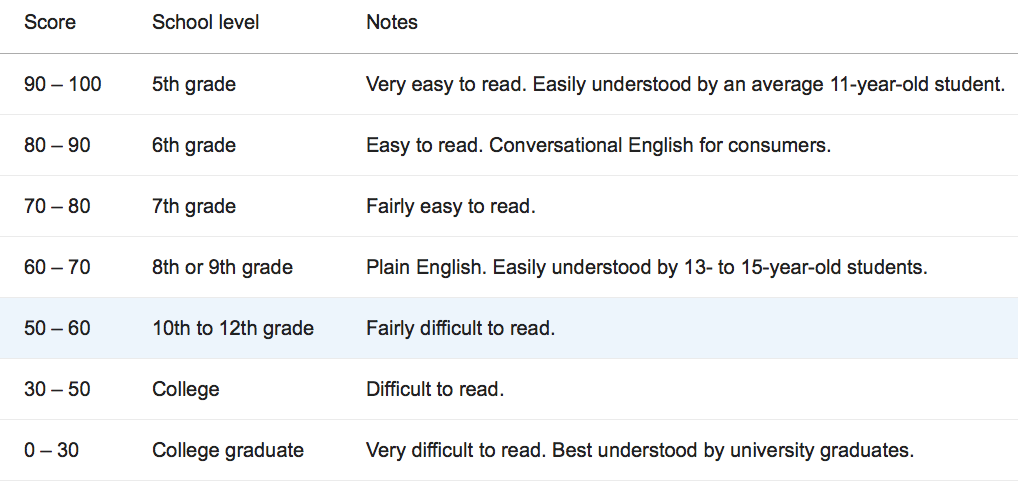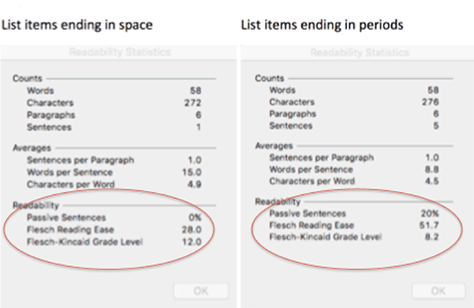

So at 56 words, my text beats the original's readability score (89 words) by some way. When its finished the spell check, Word will give you a rundown of each readability score.įacts and figures are one thing, but how do you interpret each readability score? Let’s look at the two sets of scores above.Īs any writer will tell you, short and sweet is best, and as George Orwell advised, if it’s possible to cut a word out you should. Under Options, make sure Show readability statistics is selected If you don’t know about Word’s readability tool, you should.

But don’t take my word for it - take a look at each readability score I got from running each piece through the readability tool in Word. It will let you spot the warning signs that a crisis is unfolding, so you can stop it escalating or even happening at all. So analyse what’s happened in the past to help you predict what might happen in the future. If you know what causes crises, you can prepare for them. The objective for enhanced analytics is not to predict events, but to help companies develop more meaningful warning indicators, and an increased awareness of their leverage in preventing or managing 'runaway' crises.Īnd here’s a quick translation of what I think the writer is trying to say (do say in the comments if you think I’ve missed any crucial details).
Flesch readability scale word drivers#
Better understanding of the drivers of extreme events, whether external developments or internal process interactions, can help build a robust, flexible and dynamic crisis management program. Use predictive analytics as a decision support tool to drive a forward-looking analysis of scenarios, response effectiveness, and critical correlations that can complicate or escalate events. Here’s some wonderful gobbledygook in a “research paper” (contempt-expressing scare quotes mine) on crisis management, which was recently published by a well-known management consultancy. So let's take a look at what each score means and how you can use them to improve the readability of your work. If you hit somewhere between 7 and 8, it should be very readable for the majority of people.Ĭlick here to watch this video on YouTube.Word's readability score is a great place to start when you want to improve your writing. An 8, for example, would mean that the material is appropriate for an 8 th grader. The grade level is equivalent to the reading level of students.If your document is at least 60, it should be relatively easy to read, although you can aim for higher scores if increased readability is important to you. The higher the score on the Reading Ease test, the easier the document is thought to be to read.You will then be able to see readability scores based on two tests: The first is the Flesch Reading Ease test, and the second is the Flesch-Kincaid Grade Level score. Now, run a standard spelling and grammar check just like you would any other time.Under the “When correcting spelling and grammar in Word” heading, you’ll see a box that says “Show readability statistics.” Check this box, then exit out of your options and go back to your document.Then click on the File menu > Options > Proofing tab. Microsoft Word can calculate your readability scores right within the program, and it’s super easy to set up. There are two common tests that score readability (aka how difficult it is to understand your writing). When you’re writing a document, knowing how “readable” it is can be quite useful.


 0 kommentar(er)
0 kommentar(er)
